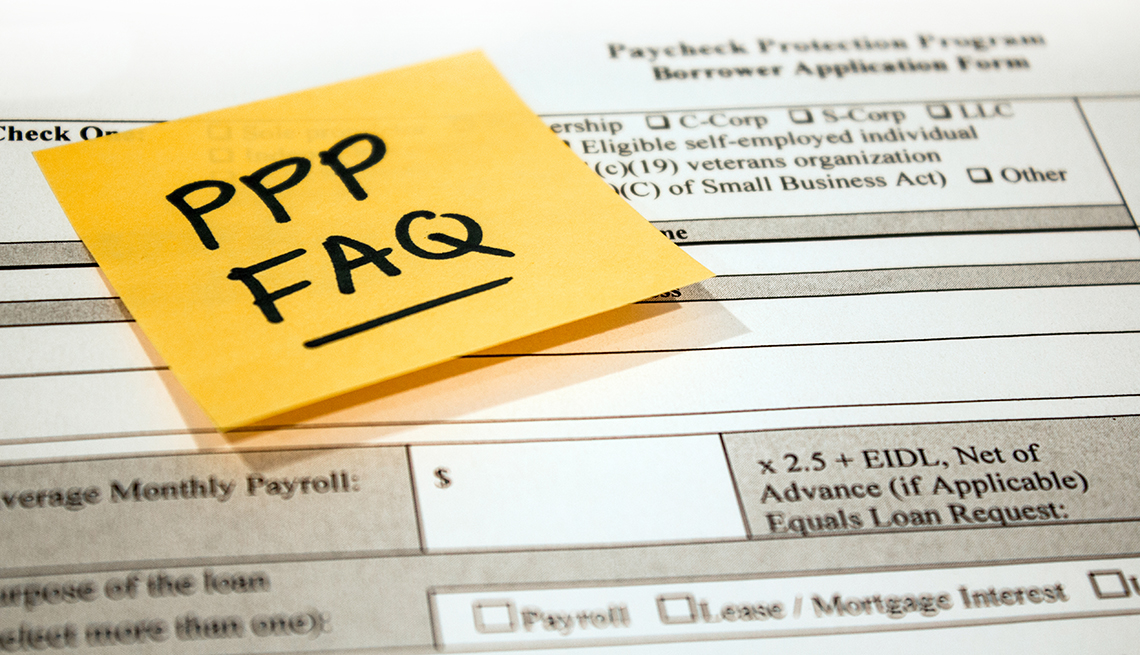
- Select a language for the TTS:
- UK English Female
- UK English Male
- US English Female
- US English Male
- Australian Female
- Australian Male
- Language selected: (auto detect) - EN
Play all audios:
Former U.S. President and Republican presidential candidate Donald Trump speaks during an election night event at the West Palm Beach Convention Center on Nov. 6, 2024. Jim Watson | Afp |
Getty Images President-elect Donald Trump's victory means higher individual taxes, including levies on investments, are less likely for top earners, experts say. Vice President Kamala
Harris proposed higher long-term capital gains tax rates during her campaign — raising the top rate to 28% from 20% — for those making more than $1 million annually. Long-term capital gains
rates apply to assets owned for more than one year. Harris' plan veered from President Joe Biden's 2025 fiscal year budget, which called for 39.6% long-term capital gains taxes on
the same top earners. Higher capital gains tax rates, however, are "entirely off the table," under a Trump presidency and Republican-controlled Congress, said Erica York, senior
economist and research manager with the Tax Foundation's Center for Federal Tax Policy. MORE FROM FA PLAYBOOK: Here's a look at other stories impacting the financial advisor
business. * Some lawmakers want to defer capital gains taxes for mutual fund investors * There’s a new ‘super funding’ limit for some 401(k) savers in 2025. Here’s who qualifies * Americans
believe real estate, gold are the best long-term investments Republicans secured control of the Senate on Tuesday and could maintain a narrow majority in the House of Representatives, which
creates a "trifecta" in the White House and both chambers of Congress. Even with partial Republican control, "it's most likely that capital gains tax policy just stays
put where it is," York explained. For 2024, investors pay long-term capital gains rates of 0%, 15% or 20%, depending on taxable income. Assets owned for one year or less are subject to
regular income taxes. You calculate taxable income by subtracting the greater of the standard or itemized deductions from your adjusted gross income. The taxable income thresholds will
increase in 2025. CHANGES TO 'NET INVESTMENT INCOME TAX' Higher earners also pay the net investment income tax, or NIIT, of 3.8% on capital gains, interest, dividends, rents and
more once modified adjusted gross income exceeds certain thresholds. The MAGI limits for NIIT are $200,000 for single filers and $250,000 for married couples filing together and don't
adjust for inflation. Combined with long-term capital gains taxes, higher earners currently pay up to 23.8% on investments. "Republicans may try to get rid of the net investment income
tax," said Howard Gleckman, a senior fellow at the Urban-Brookings Tax Policy Center. But "that's a big item" that could add significantly to the federal budget deficit,
he said. The deficit topped $1.8 trillion in fiscal 2024.





